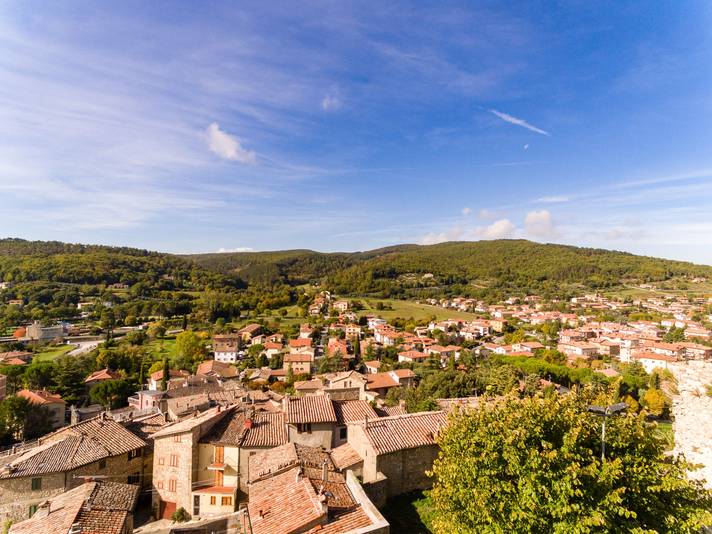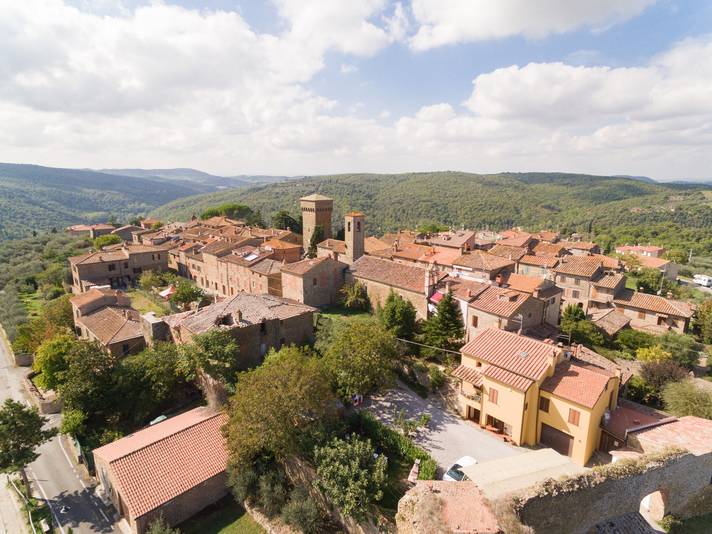-
This icon identifies the places described in the “Paesaggi Narrativi” (Narrative Landscapes)
-
This one, on the other hand, identifies the areas in the “Paesaggi del Benessere” (Landscapes of Wellness)
-
Check out this symbol which gives you a 360-degree view of the amazing landscapes
Before starting, take a look at these three symbols
The Grand Duke’s journey
Leopold II of Habsburg-Lorraine was the first king to abolish the death penalty and he also implemented a far-reaching administrative reform. He abolished a large number of state-owned lands and unified the Grand Duchy which remained the result of two distinct states (the “new” Siena state and the Florence state). This modern layout called for efficiency and control over the territory. The Grand Duke did not leave anything to chance. In addition to having informants in every corner, he often toured the Val di Chiana to check the progress of production, maintenance of the farms and to enjoy carriage rides along the avenues lined with mulberry bushes that marked the boundaries of the agricultural land. All the villages were built above the water line at 300 metres, compared to the immense marsh of the Chiana that Leopold II helped to reclaim. The entrance to the valley was located along what can be considered one of the streams key to the reclamation work, the Foenna, near Rigomango, then it headed towards Farnetella, Sinalunga, Bettolle and Torrita di Siena, the castle that has an association to it in its name. The next stop was Trequanda, then Castelmuzio, Petroio as far as Pienza. From nearby Monticchiello it passed the grange in Spedaletto and then, reached Montepulciano Chianciano (Clancianum, namely this side of the Chiane), the castle which became an important thermal resort Chiusi (Clamars, then Clusium, i.e. embankment between the marshes). This was one of the most important Etruscan cities, which has lost its prestige but not before being linked with famous figures such as the jurist Gratian, the “father” of canon law and St Mustiola. Sarteano (from the Latin Sertorios or Sarturius) and Cetona (Cis-Tuniam, on this side of the river today called Paglia) lie two castles historically fought over by Orvieto and Siena, with imposing fortresses that can still be clearly seen. San Casciano dei Bagni it is the last centre on the itinerary, which rewards the traveller with its sophisticated thermal baths. Famous figures are also associated with these towns. 152 km in all to cover by car or bicycle, perhaps following the paths and secondary roads.















